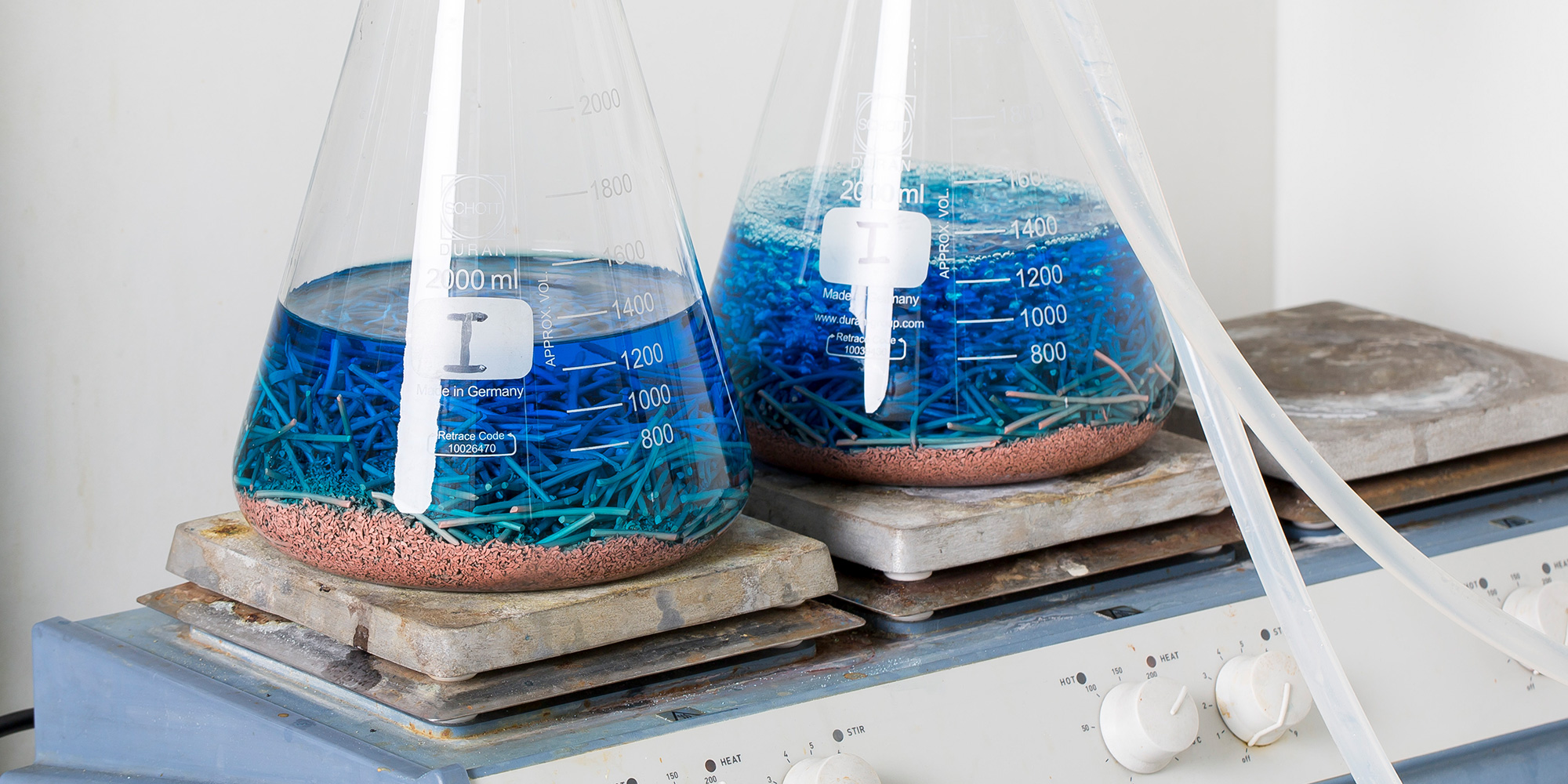API RP 939 Corrosion Testing for High Temperature Steels
The API Recommended Practice (RP) 939 is a comprehensive guide that outlines the methods and procedures for conducting corrosion testing on high-temperature steels used in oil and gas production. These materials are crucial in the sector due to their exposure to extreme temperatures, pressures, and corrosive environments, such as sour gases and hydrogen sulfide.
The primary objective of API RP 939 is to ensure that these critical materials meet or exceed specified performance criteria under high-temperature conditions. This practice applies to a wide range of applications including heat exchangers, piping systems, and other components subject to severe service conditions in the upstream oil and gas industry.
The testing protocol described in API RP 939 focuses on assessing the resistance of high-temperature steels against various forms of corrosion. This includes intergranular, stress-corrosion cracking (SCC), and pitting. The methods used are designed to simulate actual operational conditions as closely as possible.
Specimen preparation is a critical step in API RP 939 testing. Specimens must be cut from production parts or plates of the same composition and heat treatment as those intended for use. This ensures that the test results accurately reflect real-world performance. The specimens are then subjected to controlled environmental conditions, including temperature, humidity, and chemical exposure.
The methodology involves several key steps:
- Preparation: Specimens are prepared according to strict guidelines provided in API RP 939.
- Treatment: Specimens undergo heat treatment if necessary, ensuring they closely mimic the intended service conditions.
- Testing: Various techniques such as immersion testing, cyclic corrosion tests, and accelerated aging are used to evaluate resistance to corrosion.
- Evaluation: Results from these tests are analyzed to determine compliance with specified performance criteria.
The results of API RP 939 testing provide valuable insights into the long-term reliability of high-temperature steels. This information is essential for ensuring the safety and efficiency of oil and gas facilities, as well as for meeting regulatory requirements.
In summary, API RP 939 plays a vital role in safeguarding the integrity of critical components used in the oil and gas sector by providing robust guidelines for corrosion testing on high-temperature steels. This practice ensures that materials meet stringent performance standards under harsh operating conditions, thereby enhancing operational safety and efficiency.
Applied Standards
| Standard | Description |
|---|---|
| API RP 939 | Guidelines for corrosion testing of high-temperature steels in oil and gas applications. |
| ISO 15156 | Test methods for the determination of resistance to hydrogen-induced cracking in austenitic stainless steels. |
| ASTM G48 | Standard practice for determining susceptibility to intergranular corrosion (IGC) by immersion testing. |
| EN 10235 | Steel for the petroleum and natural gas industries - Seamless steel pipes for high-temperature service, oil wells and gas wells. |
The application of these standards ensures that testing procedures are consistent with international best practices. Compliance with such standards is essential for ensuring reliability and safety in the oil and gas sector.
Scope and Methodology
API RP 939 covers a broad range of corrosion testing methods tailored to high-temperature steels used in critical components within the oil and gas industry. The scope includes:
- Evaluation of intergranular corrosion resistance.
- Detection of stress-corrosion cracking susceptibility.
- Assessment of pitting corrosion resistance.
The methodology involves several key steps, each designed to simulate real-world conditions as closely as possible. These include:
- Sample Preparation: Specimens are prepared from production parts or plates using identical materials and heat treatment.
- Treatment: Specimens undergo controlled heating and cooling cycles to mimic actual service conditions.
- Testing: Various immersion tests, cyclic corrosion testing, and accelerated aging techniques are employed.
- Evaluation: Results from these tests are analyzed to determine compliance with specified performance criteria.
The results of API RP 939 testing provide critical data on the long-term reliability of high-temperature steels. This information is essential for ensuring safety and operational efficiency in oil and gas facilities, as well as for meeting regulatory requirements.
In summary, the scope and methodology of API RP 939 are designed to ensure that corrosion testing accurately reflects real-world conditions, providing reliable data on material performance under high-temperature stress.
Industry Applications
The API RP 939 corrosion testing protocol is widely used in the oil and gas sector for several critical applications. These include:
- Evaluation of heat exchangers used in sour gas processing.
- Determination of resistance to hydrogen-induced cracking in austenitic stainless steels.
- Assessment of intergranular corrosion susceptibility in high-temperature alloys.
The testing procedures described in API RP 939 are essential for ensuring the reliability and safety of critical components used in oil and gas facilities. This includes:
- Piping systems exposed to corrosive environments.
- Pressure vessels operating at high temperatures.
- Valves and fittings subject to stress-corrosion cracking.
The results of API RP 939 testing provide valuable insights into the long-term performance of these components, ensuring that they meet stringent safety and reliability standards. This is particularly important in the oil and gas sector, where operational integrity is paramount.
In summary, API RP 939 plays a vital role in safeguarding the integrity of critical components used in the oil and gas industry by providing robust guidelines for corrosion testing on high-temperature steels. This practice ensures that materials meet stringent performance standards under harsh operating conditions, thereby enhancing operational safety and efficiency.





